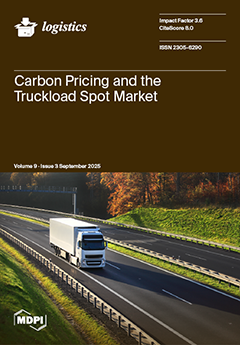Background: Healthcare systems are increasingly strained by limited operating room resources and rising demand, a situation intensified by the COVID-19 pandemic. These pressures have resulted in overcrowded surgical departments, prolonged waiting times for elective procedures, worsened patient health outcomes, and increased hospital
[...] Read more.
Background: Healthcare systems are increasingly strained by limited operating room resources and rising demand, a situation intensified by the COVID-19 pandemic. These pressures have resulted in overcrowded surgical departments, prolonged waiting times for elective procedures, worsened patient health outcomes, and increased hospital expenditure costs.
Methods: To address these challenges, this study proposes a multi-objective mathematical optimization model as the analytical core of a decision support approach for
OR resource allocation. The model considers multiple constrained resources, including
OR time, intensive care units, medium care units, and nursing staff, and aims to minimize both elective patients’ waiting times and total incurred costs over a one-week planning horizon. Developed using real hospital data from a large facility in Thailand, the model was implemented in LINGO version 16.0, and a sensitivity analysis was conducted to assess the impact of surgical department priorities and overtime allowances.
Results: Compared to current practices, the optimized
OR schedule reduced average waiting times by approximately 7% and total costs by 5%, while balancing resource utilization.
Conclusions: This study provides a data-driven tool to support hospital resource planning, improve
OR efficiency, and respond effectively to future healthcare crises.
Full article





